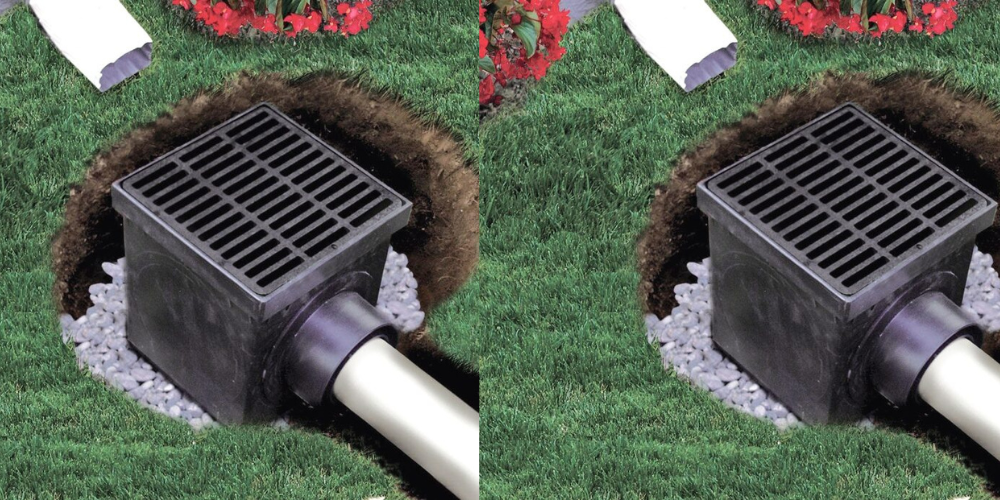Land is a person who loves to share information about recreation. he love going to the gym, playing sports, and spending time outdoors. he has a lot of knowledge about different types of exercise and like to help others learn about them too. he is always looking for new ways to have fun and stay active, and he love sharing what he learn with others.

How does a proper drainage system improve irrigation
Did you know you can have improved results by implementing an end-to-end effective irrigation drainage system? Moreover, not only that but a proper drainage system can improve irrigation in several ways:
- Prevents waterlogging: Waterlogging occurs when the soil is saturated with water, which can lead to root rot and other plant diseases. A proper drainage system can prevent waterlogging by removing excess water from the soil and allowing air to reach the roots. This can improve the health and growth of plants, and increase their ability to absorb nutrients and water. This is because irrigation & drainage go side-by-side.
- Prevents soil erosion: Erosion can occur when water flows across the surface of the soil, carrying away valuable nutrients and topsoil. A proper drainage system can help prevent erosion by directing water away from areas where it can cause damage, and allowing it to soak into the ground where it can be absorbed by the soil.
- Improves soil structure: Over time, soil can become compacted and lose its ability to absorb water and nutrients. A proper drainage system can help improve soil structure by allowing water to soak into the ground and promote root growth. This can improve the overall health and productivity of plants.
- Increases irrigation efficiency: A proper drainage system can improve irrigation efficiency by ensuring that water is delivered to the plants in the right amount and at the right time. This can reduce water waste and lower water usage, which can result in cost savings and environmental benefits.
Nonetheless, a proper drainage system is essential for maintaining a healthy and productive irrigation system. By removing excess water and preventing soil erosion, a drainage system can help ensure that plants receive the right amount of water and nutrients for optimal growth and productivity.
How does the soil structure imrpove with irrigation drainage
Irrigation drainage can improve soil structure in several ways:
- Reduces compaction: Over time, soil can become compacted, which can limit the amount of air and water that can penetrate the soil. Irrigation drainage can help reduce compaction by allowing excess water to drain away from the soil, which can create space for air to circulate and roots to grow.
- Promotes soil aggregation: Aggregates are small clusters of soil particles that are held together by organic matter and other compounds. Aggregates can improve soil structure by creating small spaces that allow air and water to penetrate the soil. Irrigation drainage can promote soil aggregation by removing excess water from the soil, which can create conditions that encourage the formation of aggregates.
- Increases nutrient availability: When soil is compacted, it can limit the availability of nutrients to plants. Irrigation drainage can help increase nutrient availability by improving soil structure and allowing nutrients to penetrate the soil more easily.
- Improves root growth: When soil is compacted, it can limit root growth, which can reduce the ability of plants to absorb water and nutrients. Irrigation drainage can improve root growth by creating conditions that promote root development, such as increased oxygen levels and improved nutrient availability.
Overall, irrigation drainage can improve soil structure by promoting soil aggregation, reducing compaction, and increasing nutrient availability. By improving soil structure, irrigation drainage can help create optimal conditions for plant growth and productivity.
